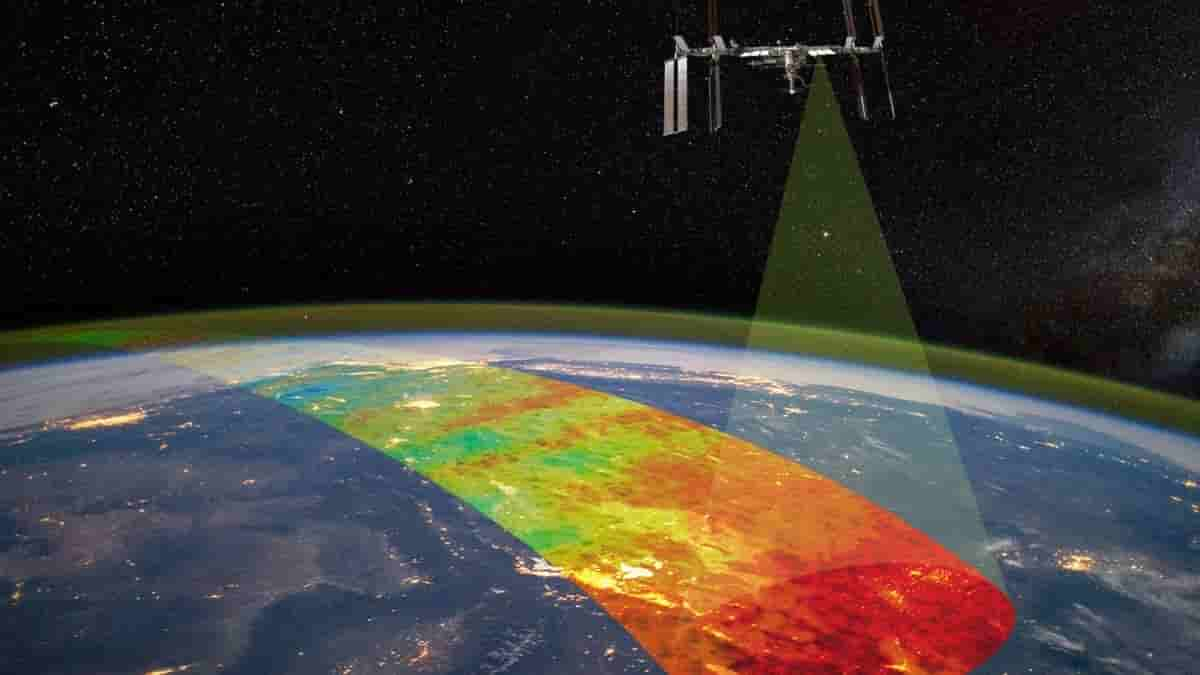NASA’s Atmospheric Waves Experiment or AWE mission to be launched to the International Space Station in November 2023, here’s what the mission aims for

From new discoveries to explorations to preparation for new missions, NASA is always up to something new. Recently, NASA detected the heavy element behind the GRB 230307A Kilonova Emission. NASA is also gearing up its preparation for the Artemis II mission. What’s more?
In the latest developments, NASA updated that NASA’s Atmospheric Waves Experiment or AWE mission will be launched to the International Space Station in the coming month of 2023, i.e., November.
The mission and its objectives:
The aim of the AWE mission is to use a natural ethereal glow in Earth’s sky in order to study waves in Earth’s atmosphere. The AWE will look down towards Earth and try to track atmospheric gravity waves (AGWs), which are undulations in the air. The measurement of AGWs will be carried out at the mesopause, an atmospheric layer that begins at around 87 kilometers in altitude.
The Utah State University’s Space Dynamics Laboratory in North Loga, Utah, has built the AWE. According to NASA reports, the AWE will be placed at the space station’s exterior from where it will carry out its necessary operation and exploration.
What are AGWs:
Atmospheric Gravity Waves are present at the lowest level of the atmosphere. They originate from strong weather conditions like tornadoes, hurricanes, thunderstorms, etc. Such weather conditions push pockets of high-density air up into the atmosphere. This results in ups and downs, which further leads to ripple patterns in the clouds.
However, these AGWs continue up to a level, from where the space weather is determined. Such ferocious exchange of energy in areas surrounding Earth can disrupt satellite and communications signals.


